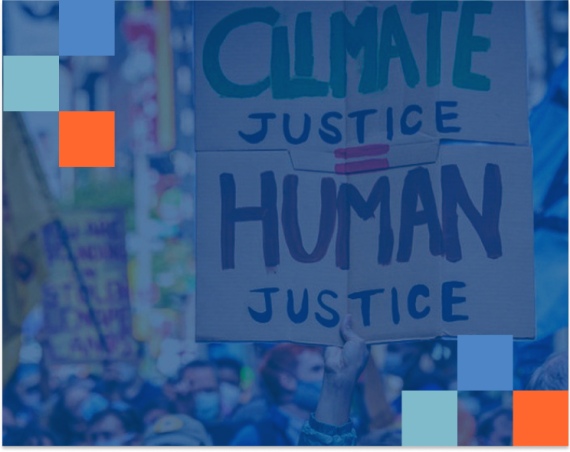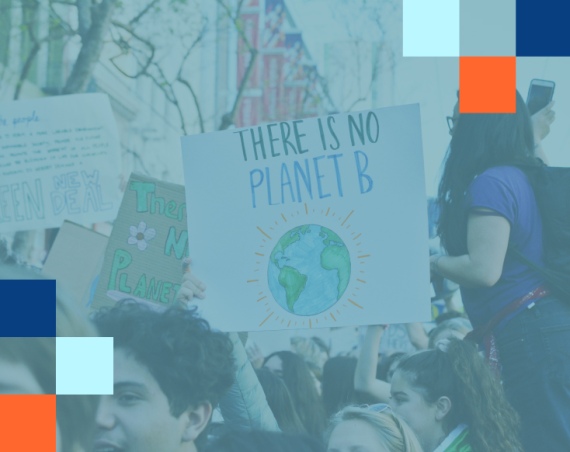Whether it’s a commitment to sustainable urban development, waste and pollution control, managing biodiversity, or educating households and businesses on environmental policy, local governments play a critical role in moving forward environmental programs in their local communities. Because environment and sustainability projects are so complex and far-reaching, when creating plans to tackle these issues it’s important that local governments engage their communities to identify priority issues and co-create actional solutions.
So what does environment and sustainability action look like at the local government and community level? Here’s how some of the governments using CitizenLab’s community engagement platform have tackled these issues:
1. Stirling Council’s climate and nature emergency planning ??
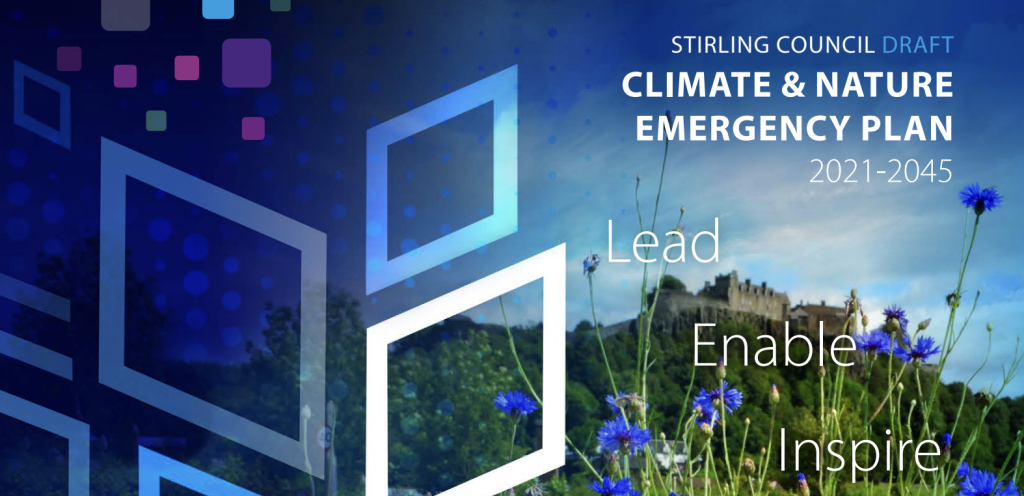
Stirling Council is committed to engaging and working with communities in an effort to reduce carbon emissions, reduce resource use, conserve and enhance nature, and prepare for the impacts of climate change in an effort to more proactively address these challenges. To ensure their community had a strong information base before engaging in the project, they shared background documents on their platform about global warming and the UN’s Sustainable Development Goals and held 3 live presentations on the contents of their draft Emergency Plan. They engaged their residents and other local stakeholders to comment on their draft Climate and Nature Emergency Plan through a short poll and open comments, and openly shared the results on their platform. They then shared the final adopted plan and its Strategic Environmental Assessment alongside the results of their 2020 resident survey.
2. Wunsiedel District explores hydrogen’s renewable energy potential ??
With funding from the federal government on the table, Wunsiedel began to develop an innovative approach to renewable energy using hydrogen in hopes of becoming a hydrogen model region for Germany as part of their hope to become CO2 neutral by 2050. Before diving in, they first turned to their community to help identify the main challenges and opportunities in the renewable energy space. In particular, they wanted to reach those most impacted by changes to transportation such as truck drivers and public transportation hubs. Using their online engagement platform they broke down a traditionally heavy topic by asking simple questions such as, what would it take for your company to switch to hydrogen as an energy source? What challenges do you anticipate?
3. Rijswijk Municipality reduces CO2 emissions with its community ??
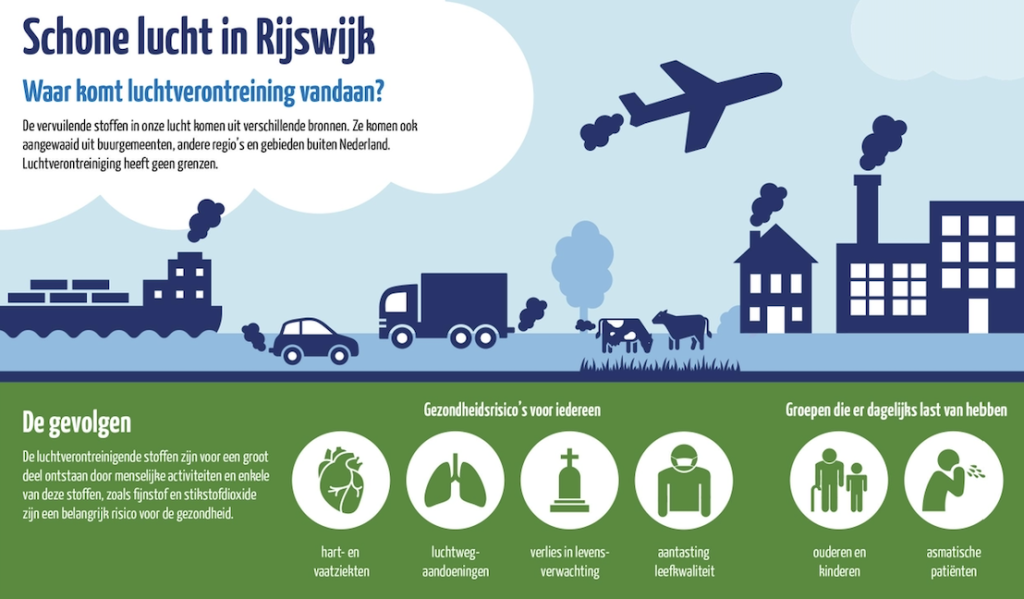
After consulting expert research and realizing that the air quality in Rijswijk was below the national average, the city knew it had to take action. But they knew in order to make a decision as monumental as eliminating certain types of cars from driving in an environmental zone, they had to make it with their community. So, they turned to their residents and stakeholders to inquire where environmental zones could be drawn without detrimentally disrupting daily life and work. They did this by drawing up the Air Quality Action Plan 2020-2021 and outlining the measures that could help ensure cleaner air, like improving public transportation and encouraging bicycle use. They then asked their community what they thought of the proposed measures, and solicited new ideas as well. Now they’re continuously consulting their community with questionnaires and workshop discussions for the expansion of environmental zones.
4. Boom Municipality combines online and offline community engagement for climate action ??
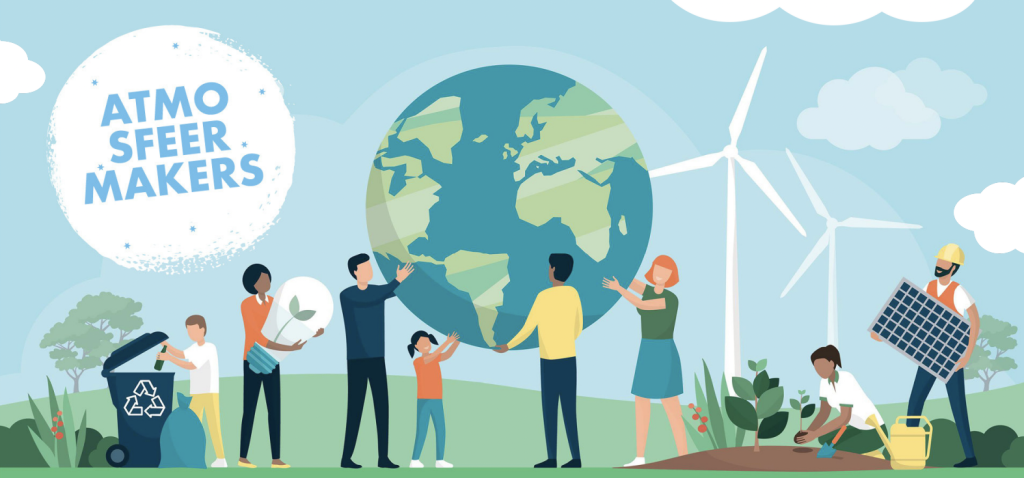
The municipality of Boom turned to its residents to collect ideas for its climate action plan. With the goal of reducing CO2 emissions by 40% by 2030 and two specific predefined themes – promoting local and circular consumption of goods, greenery, and water – the municipality had very focused community engagement efforts. In addition to inviting residents to submit and vote for ideas on their digital community engagement platform, they hosted 4 in-person sessions between March and May to develop ideas into action points on questions such as “How can we buy more locally and sustainably? How can we recycle and reuse more? How do we deal well with (rain)water?”.
5. French citizen consultations define ecological transition priorities ??
Organized by the Association of Innovation Consultants within the framework of the French Presidency of the European Union (PFUE), the #jesuisEUcolo citizen consultation included the community in defining priority research topics for ecological transition to help allocate a research and innovation budget of 95.5 billion euros. Using their digital community engagement platform, the association shared more information about Horizon Europe, the main funding tool behind the project, and collected ideas for what research topics should be funded to help accelerate the ecological transition. After 4 months of deliberation on the platform, the association will be hosting a workshop to present the main results, lessons, and a synthesis of the citizen proposals from their consultation.
Community engagement for environment and sustainability projects
Community engagement is a tool that can help you tackle even the hardest community issues, including topics like climate change, the environment, and sustainable development. There’s a lot that cities can do now to tackle these issues, and community engagement can help co-create those solutions and support thinking outside of the box on climate change.
Still curious? Read more about how community engagement can support environment and sustainability projects:


